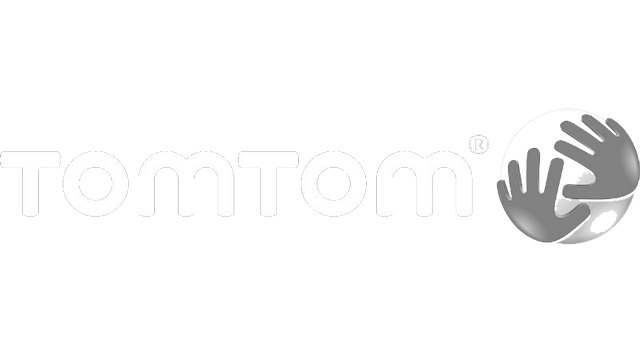We specialise in serving headquarters of global brands, helping them cut complexity costs in strategy execution across markets and fulfil their corporate role as scale economisers and advantage accelerators. Leverage our consulting expertise, technology solutions and remote talent resources to create organisational simplicity, scalability and efficiency in multi-market operations.
Transforming global brand marketing, creative and eCommerce function into a competitive advantage
 (EMEA) 14 markets
(EMEA) 14 markets
 (EMEA) 47 markets
(EMEA) 47 markets
 (EMEA) 17 markets
(EMEA) 17 markets
 (WHQ)
(WHQ)
The reason that I've asked myself about semantics is the fact that I have noticed that there wasn't a clear line or a definition of what constitutes a Digital Brand Experience and which one rightfully is and which one isn't. For that I guess we need to go back to basics.
Brand experience is our experience of a certain brand and his, hers or its personality.
Brand Experience
Brand Experience is our experience of a certain brand and his/hers/its personality. We engage with the brand (digital means) or brand engages with us (traditional means) to shape our experience of the brand. Following up on that one would come down to a human sensory capacities, emotional and cognitive resources. Basically we experience the brand through our senses of sight, smell, touch, taste, and hearing. We process the information cognitively and emotionally while emotional being the preferred method of brand information processing. So there we have it. How does this relate then to a Digital Brand Experience?
Well, basically it comes down to juxta-positioning these two perhaps even three concepts and elements :
a) sensory capacities
b) cognitive and emotional processing
c) digital tools and means (technology)
So, one could argue that ability to feed human sensory impulses through digital means at the moment is prevalently being done through the sense of sight and touch as we view the brands and brand content (on digital touch points) and some we touch (click, tap, swipe) on the devices we use. Hearing and sound has been somewhat underused, while taste and smell hasn't been yet digitalized thus hasn't been used.
Feeding human sensory impulses through digital means at the moment is prevalently being done through the sense of sight and touch

Brand on digital (visually)
I would argue most of the brands are addressing just human sense of sight using digital to communicate their brand (values) and content. By that I mean that brand translation to digital has been prevalently visual so far. We create a mobile page and we call it a brand mobile page. Thought we fail to analyse how did we translate brand values and which ones exactly and communicate those to consumer's senses and which through that digital touchpoint. More over was the communication (a two way process) has been successful? Do we bother to think, attempt to measure or we're just "spraying" brand visuals
Most of the brands are addressing just human sense of sight using digital to communicate their brand (values) and content.
An offline legacy
Article Below

 Boris Ziegler
Boris Ziegler